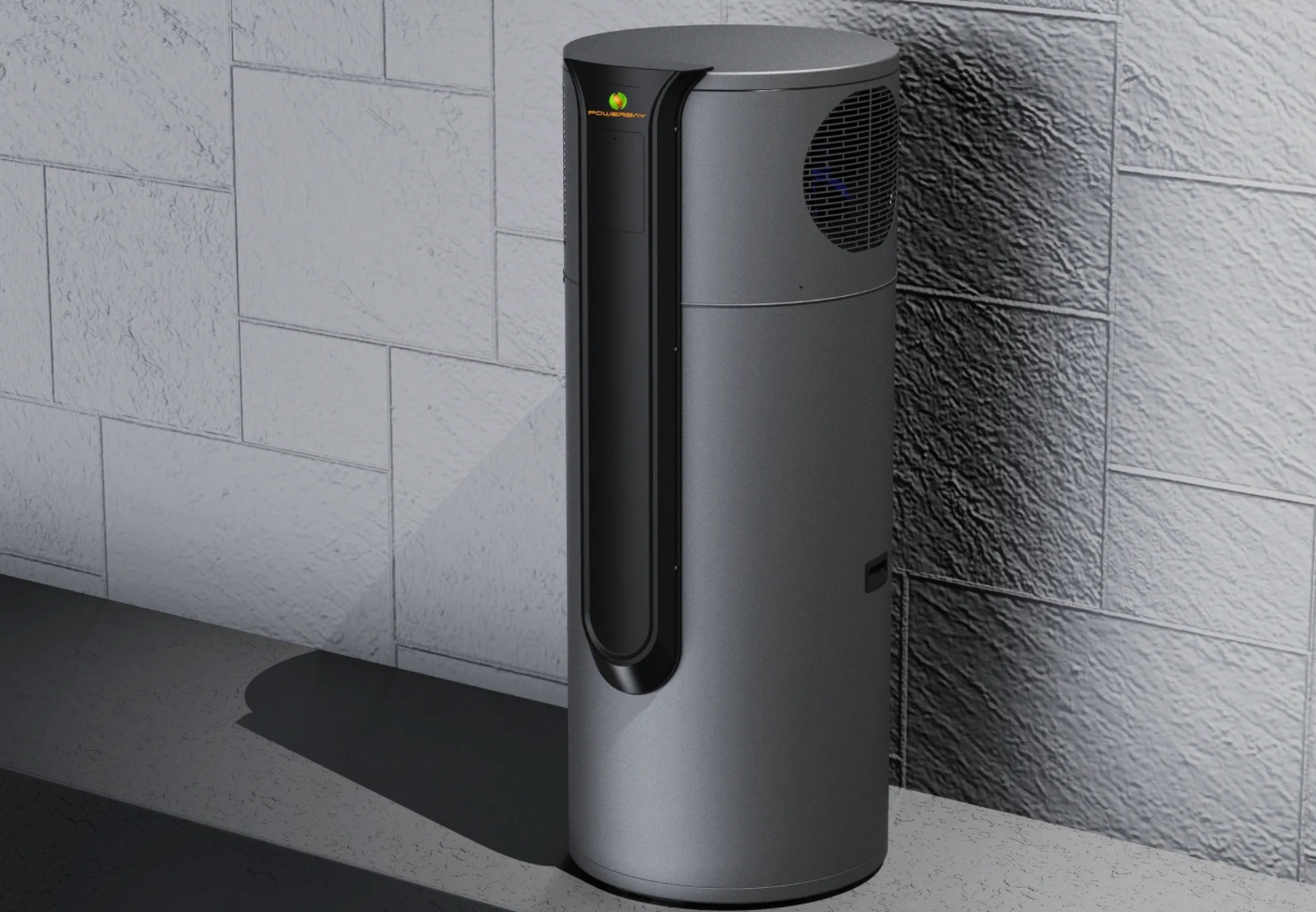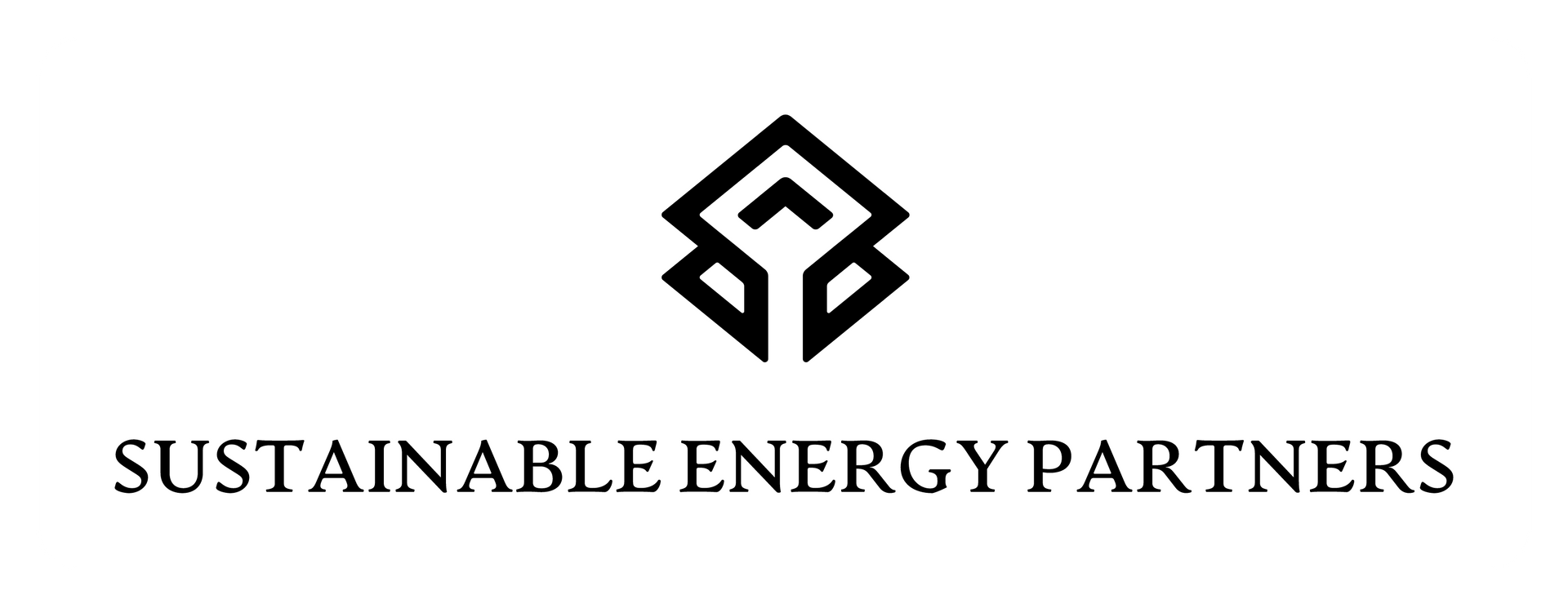10 Strategies for Improving Energy Efficiency in the Workplace
In today's world, businesses are increasingly recognising the importance of reducing their environmental impact and cutting costs through improved energy efficiency. Not only does this benefit the environment, but it also helps businesses save money on their utility bills. In this blog post, Sustainable Energy Partners presents 10 practical strategies for improving energy efficiency in the workplace.
1. Conduct an Energy Audit:
Start by conducting an energy audit to identify areas where energy is being wasted. This could include inefficient equipment, poor insulation, or lighting that is left on when not needed.
2. Upgrade to Energy-Efficient Lighting:
Switching to energy-efficient lighting, such as LED bulbs, can significantly reduce energy consumption. LED bulbs use up to 80% less energy than traditional incandescent bulbs and last much longer, saving both energy and money in the long run.
3. Install Smart Thermostats:
Installing smart thermostats allows businesses to better control heating and cooling systems, optimising energy usage based on occupancy and temperature requirements.
4. Implement Power Management Policies:
Encourage employees to turn off computers, printers, and other equipment when not in use. Implementing power management policies can help reduce energy consumption during evenings, weekends, and holidays.
5. Invest in Energy-Efficient Equipment:
When purchasing new equipment, opt for ENERGY STAR-certified products, which are designed to use less energy while providing the same level of performance.
6. Optimise HVAC Systems:
Regular maintenance of heating, ventilation, and air conditioning (HVAC) systems can improve efficiency and reduce energy consumption. Make sure filters are clean, ducts are sealed, and systems are properly calibrated.
7. Utilise Natural Light:
Maximize natural light by keeping windows clean and unobstructed. Consider installing skylights or solar tubes to bring in more natural light and reduce the need for artificial lighting during the day.
8. Implement Energy-Efficient Office Design:
Designing the office layout with energy efficiency in mind can also help reduce energy consumption. For example, placing workstations near windows to take advantage of natural light, or using partitions strategically to improve airflow and reduce the need for heating and cooling.
9. Educate Employees:
Employee awareness and engagement are crucial for the success of any energy efficiency initiative. Provide training and educational materials to help employees understand the importance of energy conservation and how they can contribute.
10. Monitor and Track Energy Usage:
Implement an energy management system to monitor and track energy usage in real-time. This can help identify areas for improvement and track the impact of energy-saving initiatives over time.
By implementing these strategies, businesses can significantly reduce their energy consumption, lower their utility bills, and reduce their environmental impact. Not only does this benefit the bottom line, but it also demonstrates a commitment to sustainability and corporate social responsibility.
At Sustainable Energy Partners, we specialise in helping businesses improve their energy efficiency through innovative solutions and expert advice. Contact us today to learn more about how we can help your business save energy and money while reducing its environmental footprint.
Disclaimer: The information provided in this blog post is for general purposes only. While we strive to ensure the accuracy and reliability of the content, we make no representations or warranties of any kind, express or implied, about the completeness, accuracy, reliability, suitability, or availability of the information contained herein. Any reliance you place on such information is strictly at your own risk.
We will not be liable for any loss or damage arising from the use of, or reliance on, the information presented in this blog post. It is always recommended to seek professional advice or conduct further research for specific situations or concerns. The inclusion of any links to external websites does not necessarily imply endorsement or support for the views expressed within them


